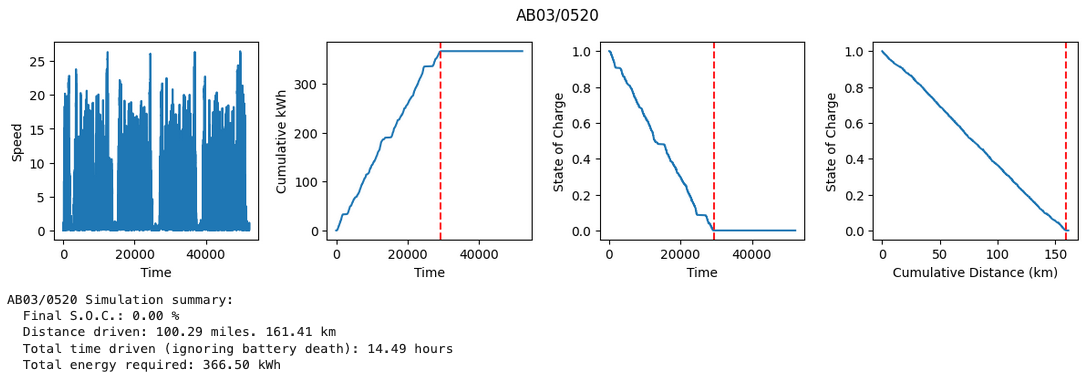david ouyang moench
Project - Bus Electrification Simulation
In the summer of 2022 I worked with UT professor Sergio Castellanos on RESET lab’s ongoing research into transit bus fleet electrification in Mexico City.
The Challenge
Greenhouse gas (GHG) emissions and health-degrading air pollutants both come out of the tailpipes of internal combustion (especially heavy-duty) vehicles, so there is an opportunity to feed two birds with one scone: simultaneously reduce GHG emissions and improve public health through bus fleet electrification. Additionally, these pollutants are unequally distributed. Poor and marginalized communities bear the brunt of the exposure. To move towards equal access to clean air, it makes sense to prioritize transportation electrification investments in these communities as we pursue GHG reductions.

The Approach
To implement that prioritization, a city-scale method of quantifying the environmental burden of different urban areas is required. RESET lab proposed an open source Environmental Justice (EJ) Index to do just that, and make it easier for policy makers to factor environmental justice into the pursuit of their GHG reduction goals. One potential application of the EJ index is to produce a map of which bus routes should be electrified to optimize the reduction in environmental burden for the same investment.
What I did
RESET lab’s goal is to use NREL’s FASTSim vehicle powertrain simulator to determine the technical feasibility of electrifying the most EJ-burdened bus routes to lend credibility to recommendations to electrify those routes. My work validated our electric bus parameters by using FASTSim to replicate the results of a 2021 UC Berkeley study in Mexicali that experimentally recorded bus route drive cycles. I also modeled the power requirements of electric buses for those routes.
The Outcome
I found that FASTSim’s simulation consistently estimated the driving range of an electric bus on a given route at 75% of that estimated by the proprietary black-box simulation software used in the study. What accounts for this difference? We don’t know yet. The next step is to de-noise the drive cycle data around stops because it may account for false movement (and therefore energy expenditure) in our FASTSim simulation.
The Jupyter Lab code I wrote for this project can be found HERE.